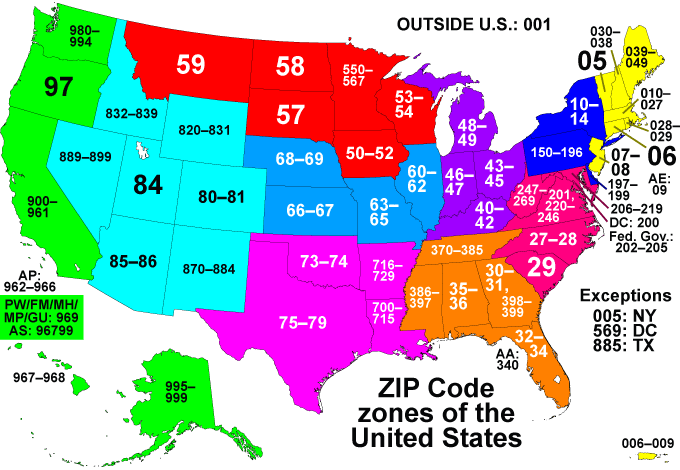
To calculate your rate, you need to find the zone for your shipment. These zone locators, used in conjunction with FedEx Freight rate tables, provide the base rate for your shipment. You can create a customized zone locator for locations in the U.S.
Printable Fedex Zone Chart By Zip Code Code Or Select
Aggregate postal codes: Use calculations to create three-digit zip codes in.International on the other hand is a different story, and I don't know of a way to figure this out.You can make a GET request to the following URL, after replacing the origPostalCd, destCountryCd, and destPostalCd parameters with the needed data, then parsing the HTML out. From what I can tell, there is no way to get this information from the APIs themselves. There are workarounds for this though:Enter a ZIP/Postal code or select a service center for color-coded delivery time information. To continue, please address all comments in red below.

These are areas of special flood hazard where enough progress has been made on the construction of a protection system, such as dikes, dams, and levees, to consider it complete for insurance rating purposes. Average flood depths derived from detailed hydraulic analyses are shown within this zone.Areas that result from the decertification of a previously accredited flood protection system that is determined to be in the process of being restored to provide base flood protection.Areas subject to inundation by the 1-percent-annual-chance flood event, but which will ultimately be protected upon completion of an under-construction Federal flood protection system. BFEs derived from detailed hydraulic analyses are shown in this zone.Areas subject to inundation by 1-percent-annual-chance shallow flooding (usually sheet flow on sloping terrain) where average depths are 1–3 feet. (Zone AE is used on new and revised maps in place of Zones A1–A30.)Areas subject to inundation by 1-percent-annual-chance shallow flooding (usually areas of ponding) where average depths are 1–3 feet. BFEs are shown within these zones. Because detailed hydraulic analyses have not been performed, no Base Flood Elevations (BFEs) or flood depths are shown.Areas subject to inundation by the 1-percent-annual-chance flood event determined by detailed methods.
(Zone VE is used on new and revised maps in place of Zones V1–V30.)Areas of moderate or minimal hazard are studied based upon the principal source of flood in the area. BFEs derived from detailed hydraulic coastal analyses are shown within these zones. Because detailed coastal analyses have not been performed, no BFEs or flood depths are shown.Areas along coasts subject to inundation by the 1-percent-annual-chance flood event with additional hazards due to storm-induced velocity wave action. Federal floodplain management regulations and mandatory purchase requirements apply in these zones.Areas along coasts subject to inundation by the 1-percent-annual-chance flood event with additional hazards associated with storm-induced waves. Structures located within the CHHA have a 26-percent chance of flooding during the life of a standard 30-year mortgage. No BFEs or flood depths are shown.Coastal High Hazard Areas (CHHA) represent the area subject to inundation by 1-percent-annual chance flood, extending from offshore to the inland limit of a primary front al dune along an open coast and any other area subject to high velocity wave action from storms or seismic sources.
No BFEs or base flood depths are shown within these zones. Nearly 25-percent of all flood claims filed are for structures located within these zones.Moderate risk areas within the 0.2-percent-annual-chance floodplain, areas of 1-percent-annual-chance flooding where average depths are less than 1 foot, areas of 1-percent-annual-chance flooding where the contributing drainage area is less than 1 square mile, and areas protected from the 1-percent-annual-chance flood by a levee. Flood insurance is available in participating communities, but is not required by regulation in these zones. The failure of a local drainage system can create areas of high flood risk within these zones. Local stormwater drainage systems are not normally considered in a community’s flood insurance study.
No mandatory flood insurance purchase requirements apply, but coverage is available in participating communities. (Zone X (unshaded) is used on new and revised maps in place of Zone C.)Unstudied areas where flood hazards are undetermined, but flooding is possible. No BFEs or base flood depths are shown within these zones. 2-percent-annual-chance floodplains.


 0 kommentar(er)
0 kommentar(er)
